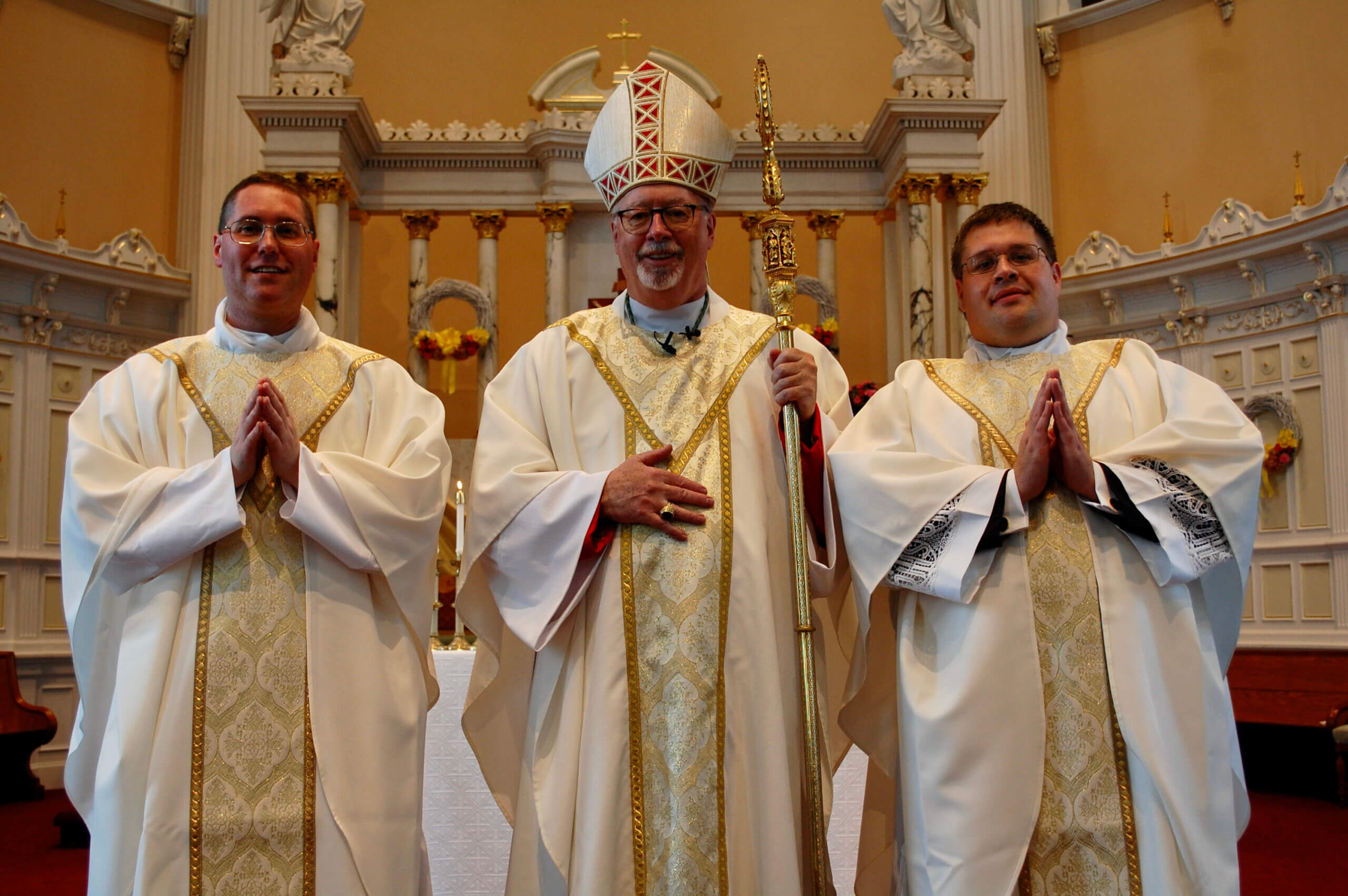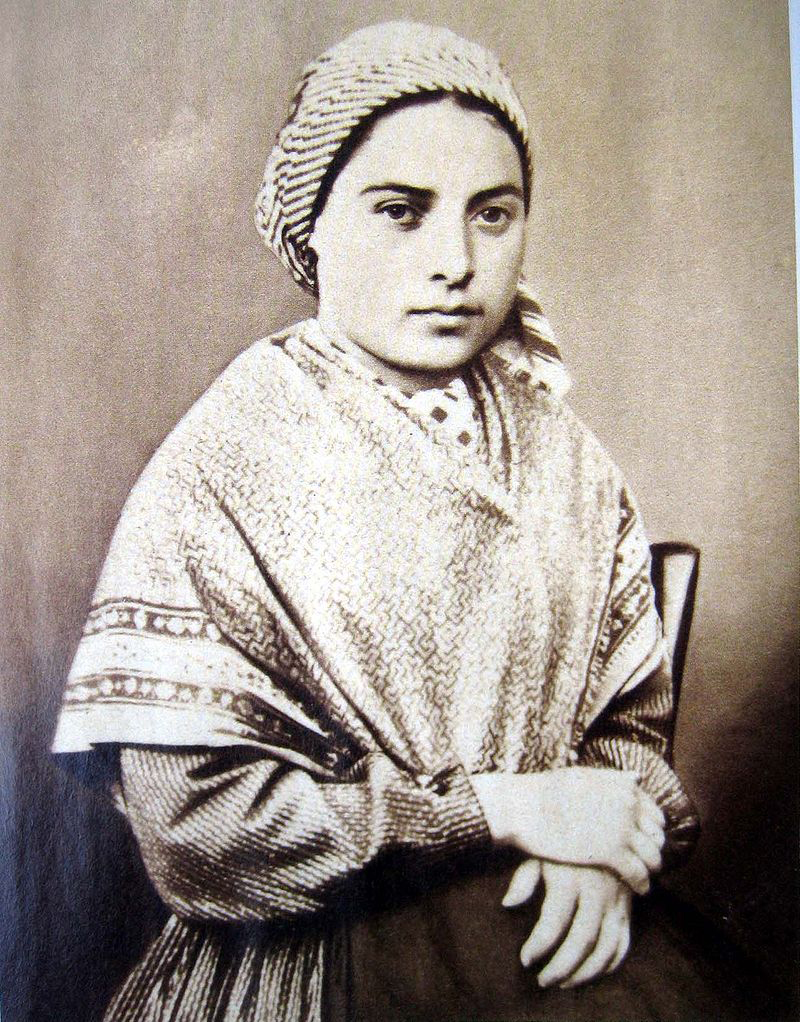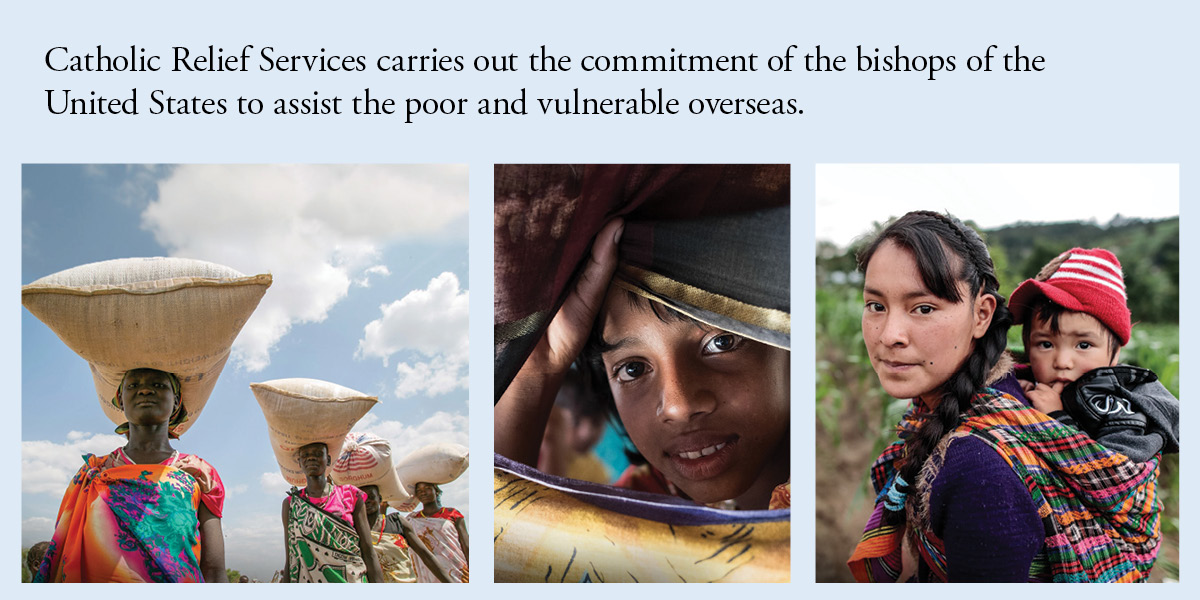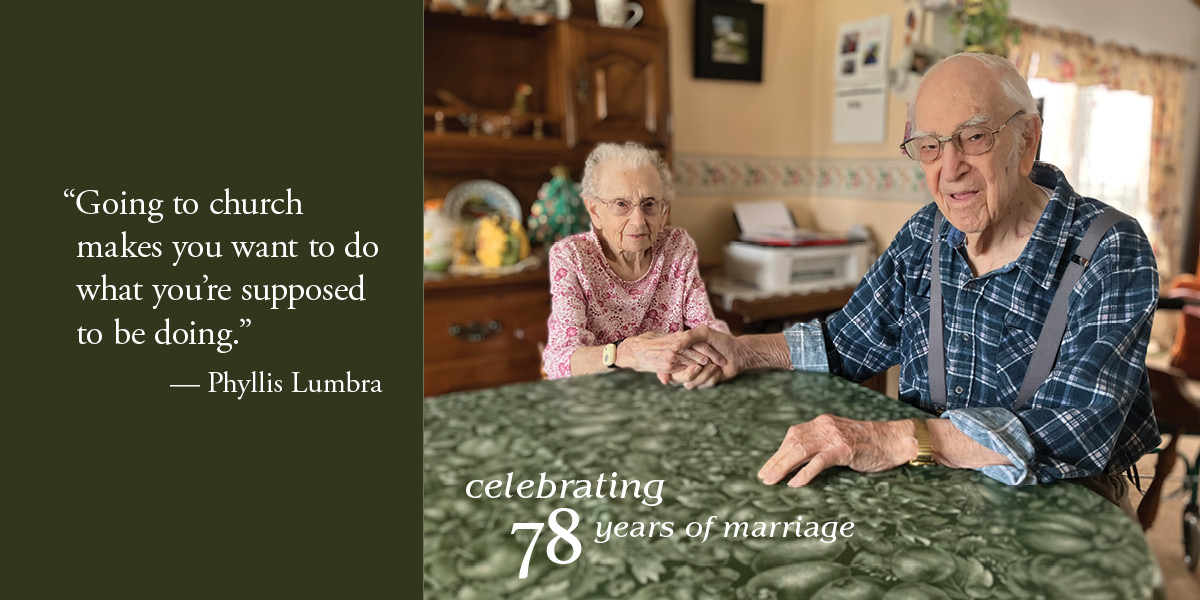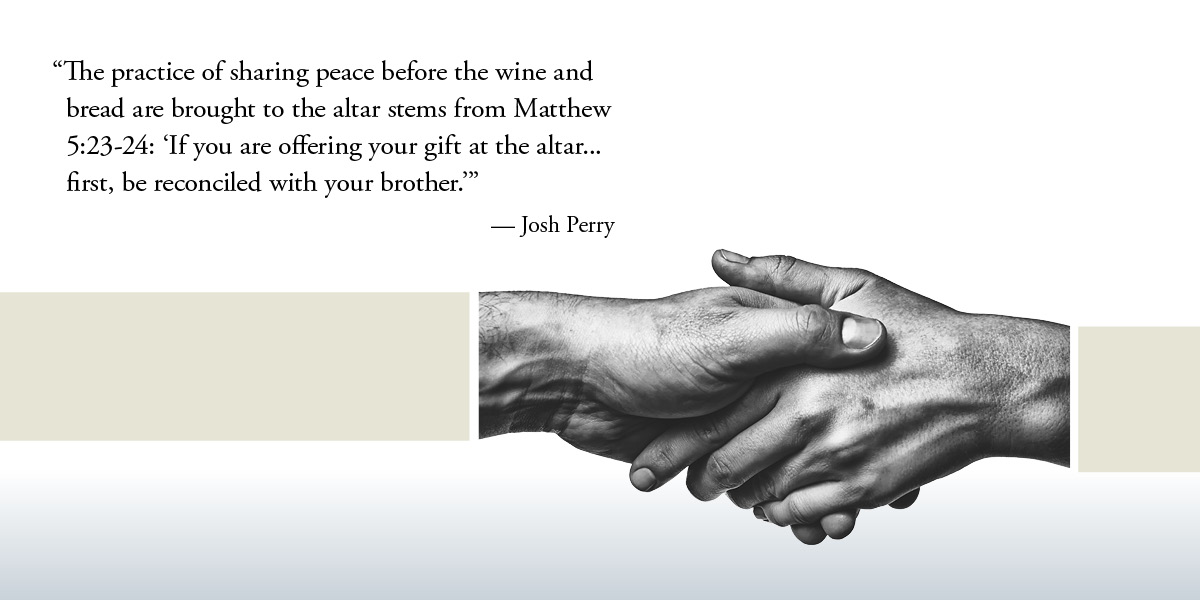
In the reforms of Vatican II, the Church taught that Christ is present in multiple ways in the liturgy. Christ is present substantially in the Eucharist; He is present in the Word of God proclaimed; He is present in the person of the priest, and He is present in the assembly of the worshipping faithful.
Different aspects of the Mass express and bring forth these different ways Christ is present. The Sign of Peace flows from the acknowledgment that Christ is present in all the faithful.
Although suppressed for hundreds of years before Vatican II, the Sign of Peace is not new to Christian liturgy and is one of the earliest rituals found in Eucharistic celebrations. As with many of the rituals in the liturgy today, its history varies according to the place and time which one considers. In some places, clergy only greeted clergy, men only men, and women only women. In other places, everyone was greeted. The greeting itself took different forms according to culture. (The Sign of Peace was originally referred to as the Kiss of Peace). To this day, how one shares the sign of peace is not dictated by liturgical norms. Some embrace, some shake hands, some smile or bow their head toward one another. Whatever the form, the presence of Christ is to be recognized in the other person.
There is also variation in different dominations as to when the Sign of Peace is shared. There are two likely scenarios you might encounter: after the Lord’s Prayer/before communion (as is the custom in the Roman Catholic Church) or before the bread and wine are brought forward to the altar during the preparation of the altar and gifts (the custom in many, but not all, Eastern Rite Catholic churches and Orthodox churches). Both are valid and have historical precedence.
The practice of sharing peace before the wine and bread are brought to the altar stems from Matthew 5:23-24: “If you are offering your gift at the altar … first, be reconciled with your brother.” In this sense, it is the Eucharist that makes peace; the Sign of Peace expresses the unity that is prayed for in the Eucharistic Prayer and brought about by the Eucharist.
The rubrics (or rules) surrounding the Sign of Peace at Mass offer flexibility. A local bishop may determine how the Sign of Peace is offered at Mass or may suspend the offering of the Sign of Peace altogether. We saw this during the period of Covid when bishops throughout the world suspended the Sign of Peace in their dioceses to limit physical contact, a suspension that was lifted at various times depending on local circumstances. Oftentimes, the Sign of Peace is modified during cold and flu season; in our diocese, pastors have the option of temporarily suspending the sign of peace during the winter months when colds, flus, and other bugs abound.
Bishops may also opt to suspend the Sign of Peace in their dioceses for other reasons, which sometimes happens when they discern that the practice of the Sign of Peace has become a distraction to the liturgy (the Sign of Peace becomes more a time to exchange social pleasantries rather than a ritual recognition of the presence of Christ in another person). That time can then be used to provide catechesis throughout the diocese before the practice is re-introduced.
Although bishops may offer overall directives as to how a parish is to practice the Sign of Peace, it is always left to each person as to how they will individually give or receive the Sign of Peace. Regardless of how you engage in the Sign of Peace (a hug, handshake, smile, or nod), let us remember the words of Jesus Christ — “Peace I leave you, my peace I give you” — and recognize the presence of Christ in one another.
— Josh Perry is director of the Office of Worship for the Diocese of Burlington.
—Originally published in the Spring 2024 issue of Vermont Catholic magazine.

